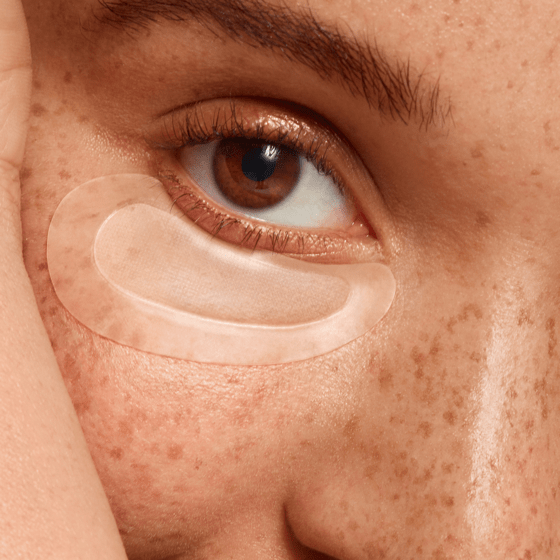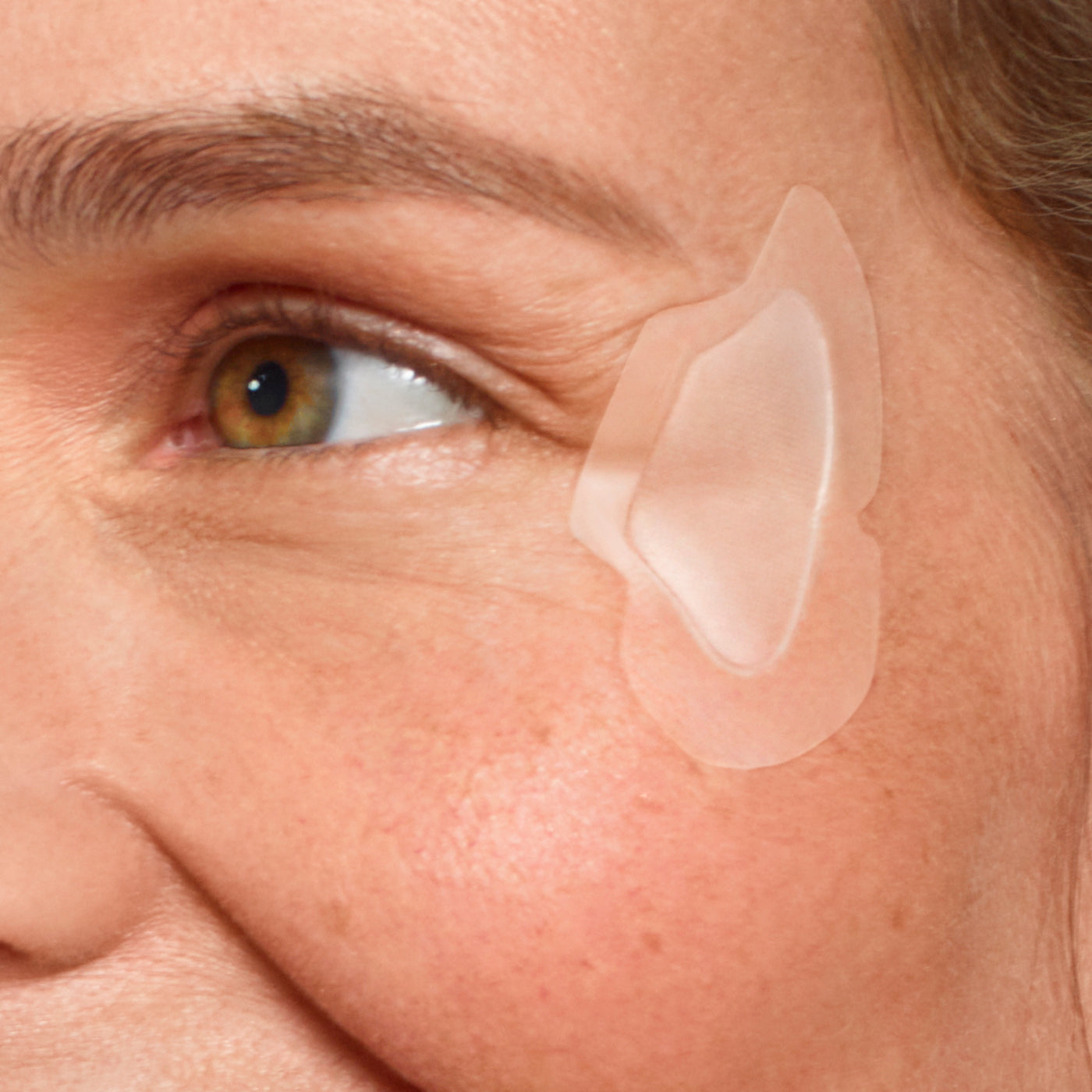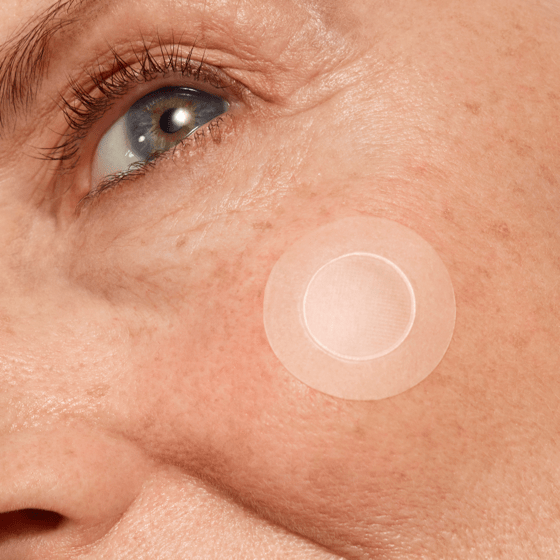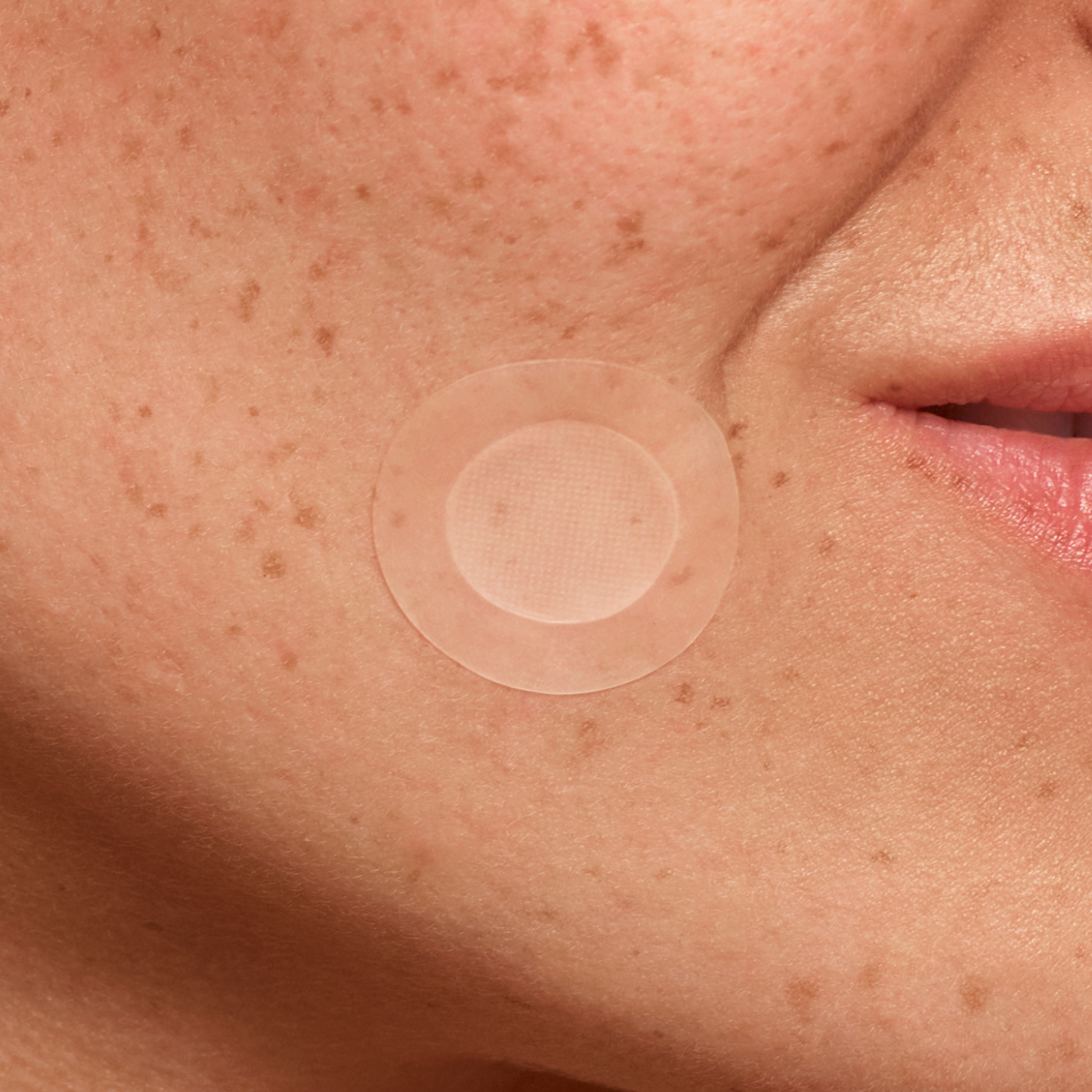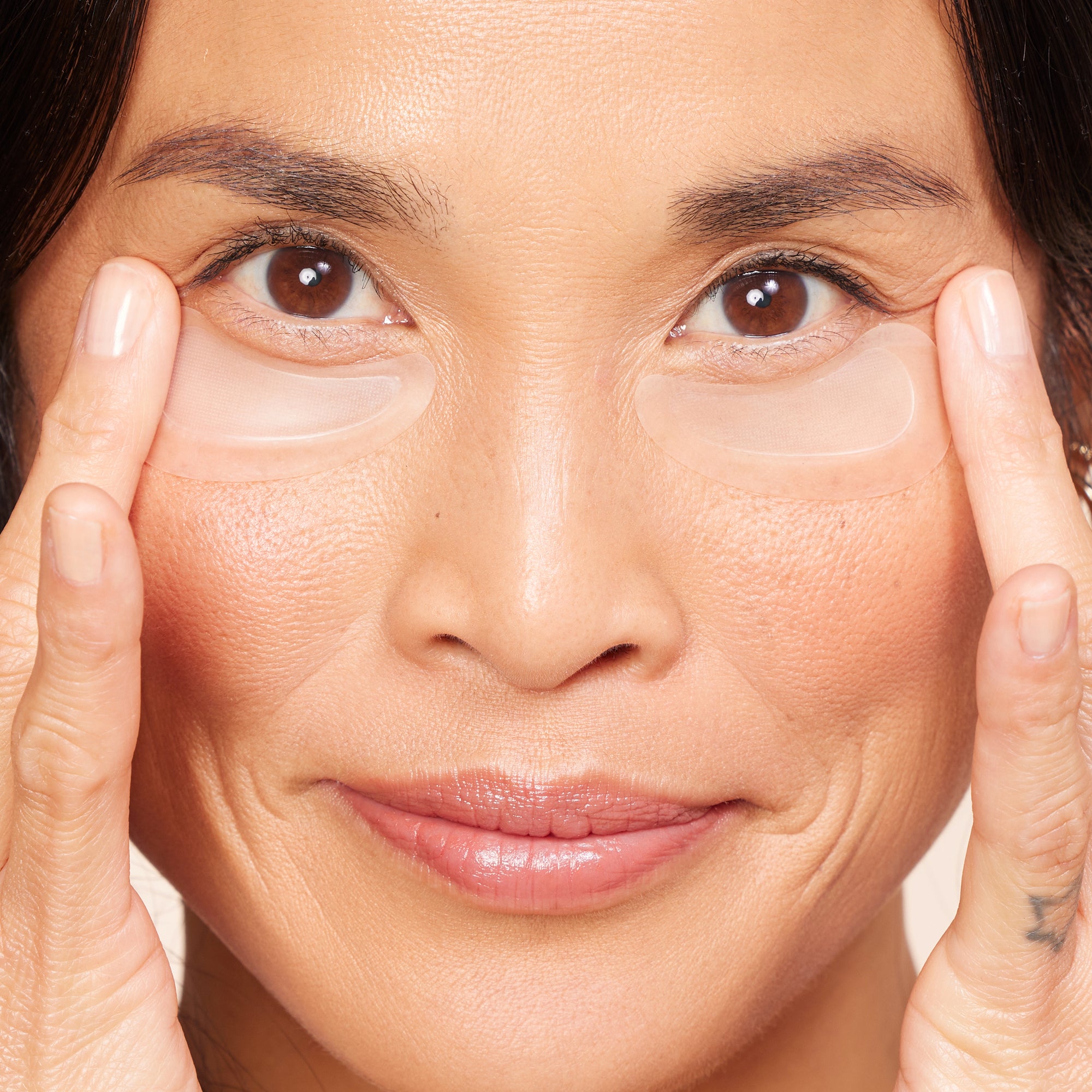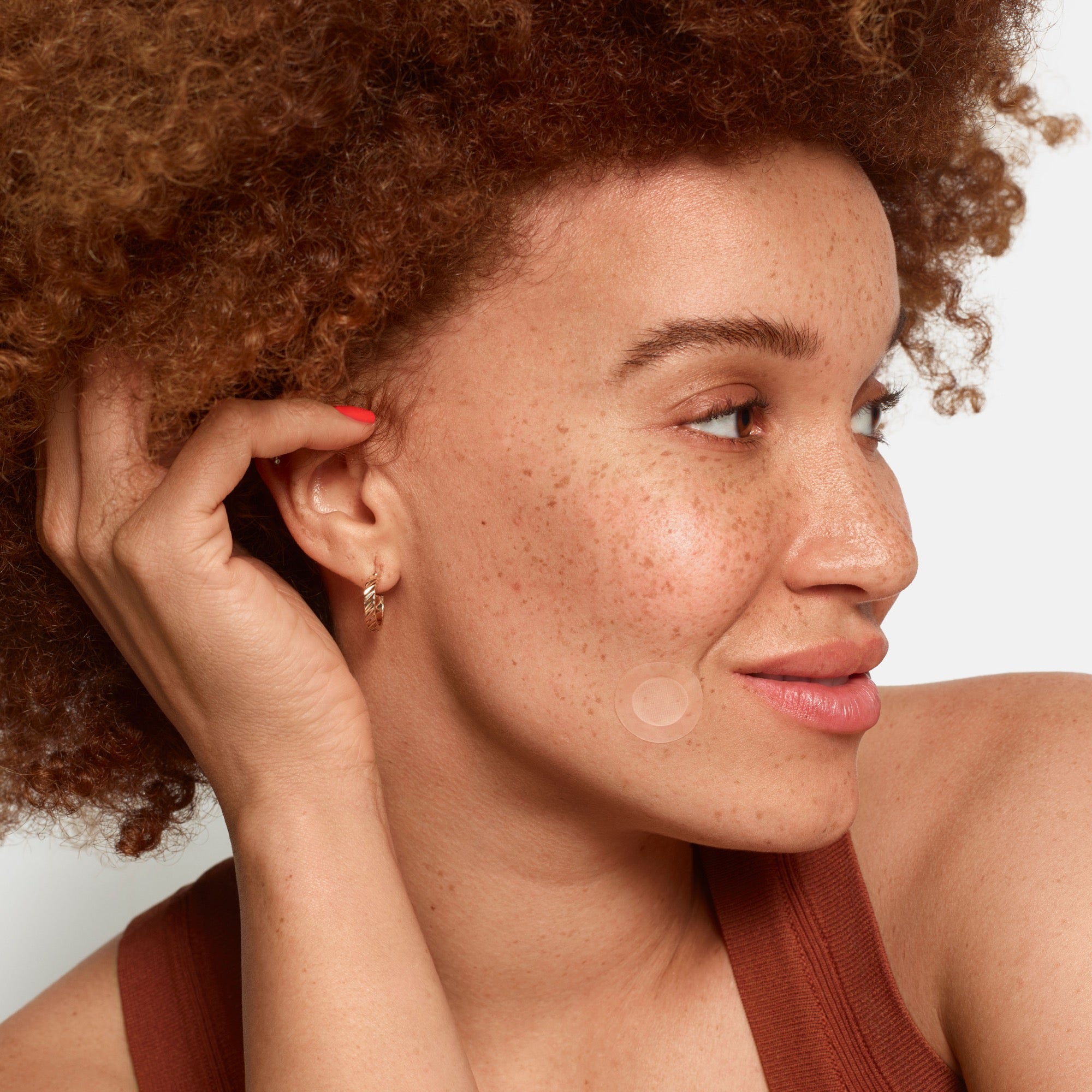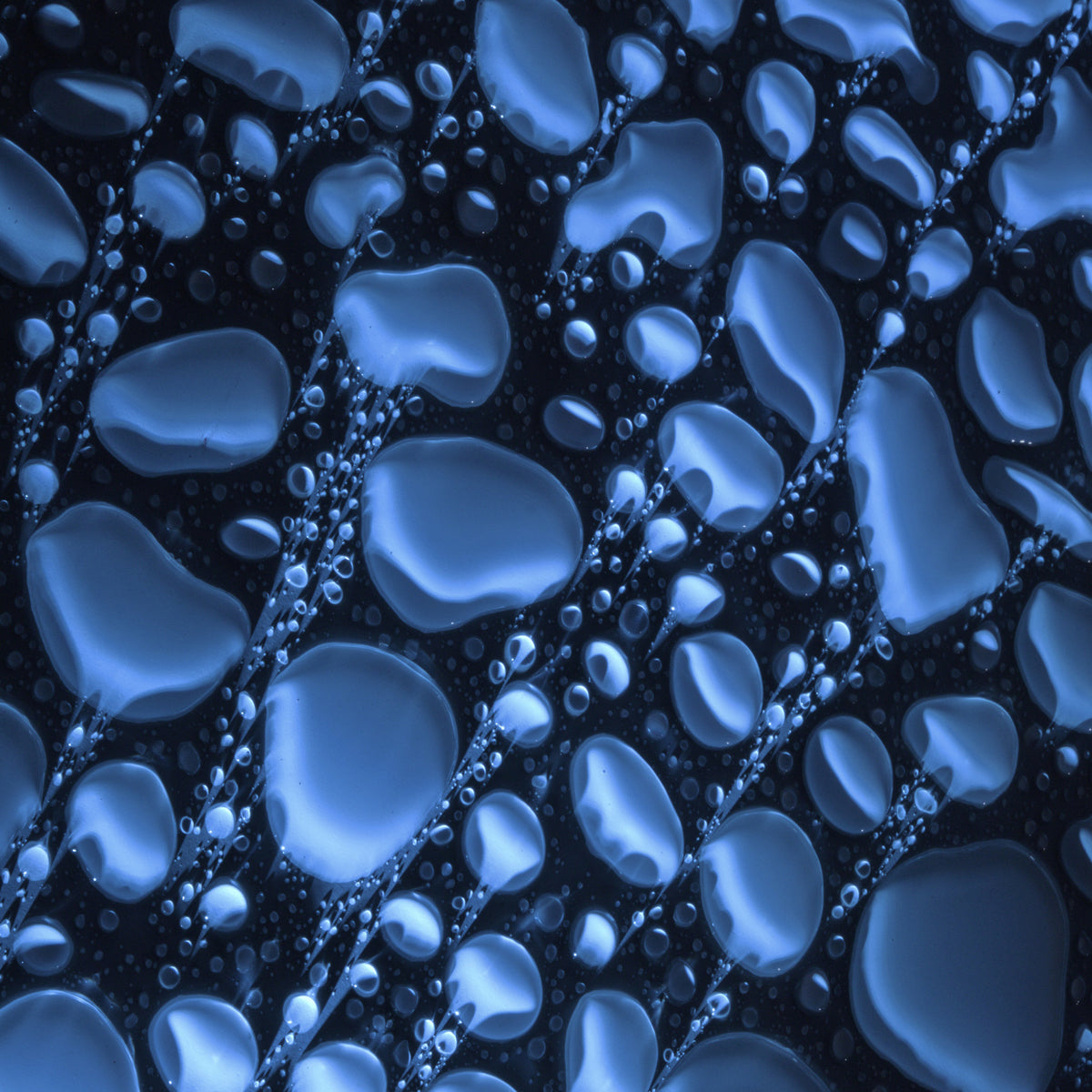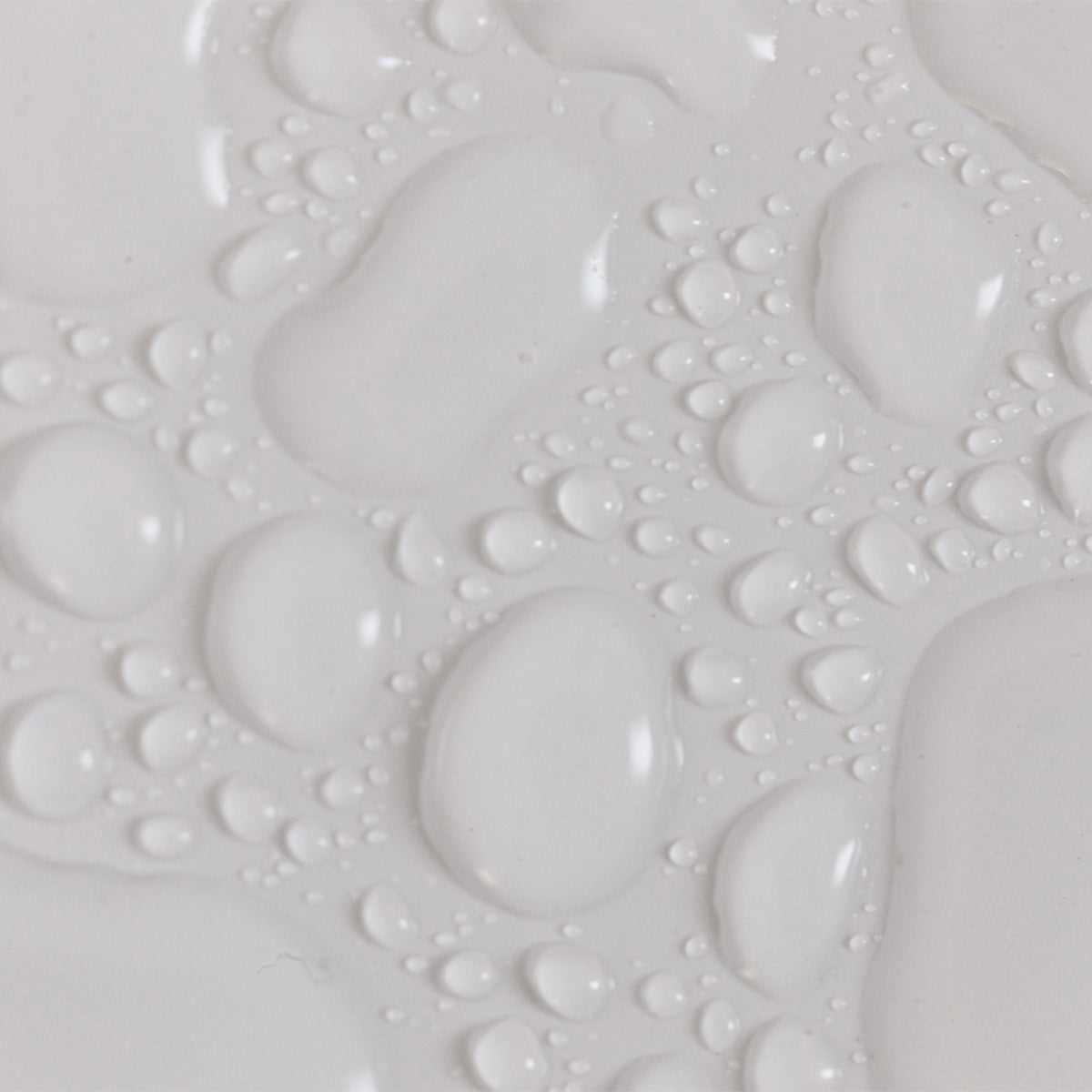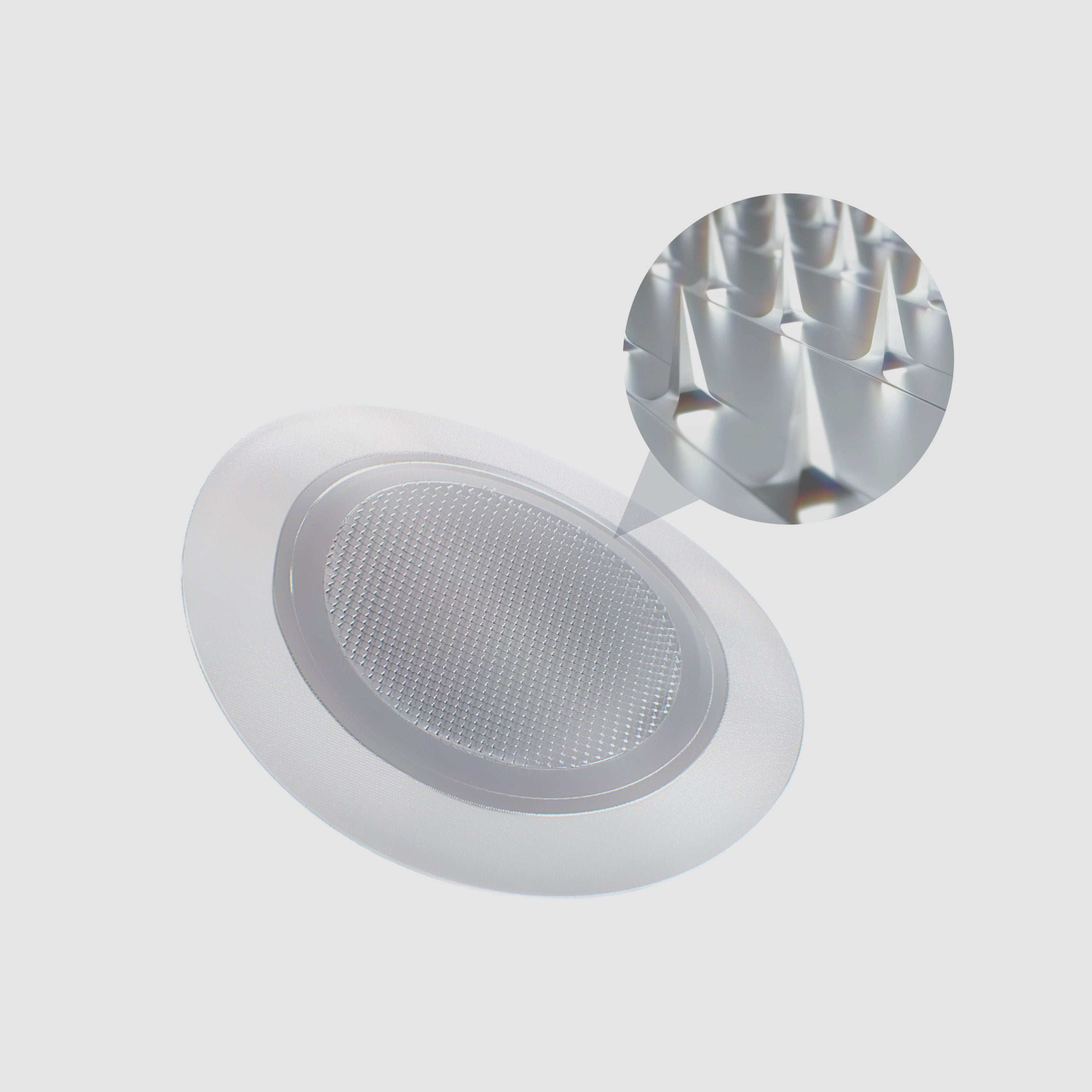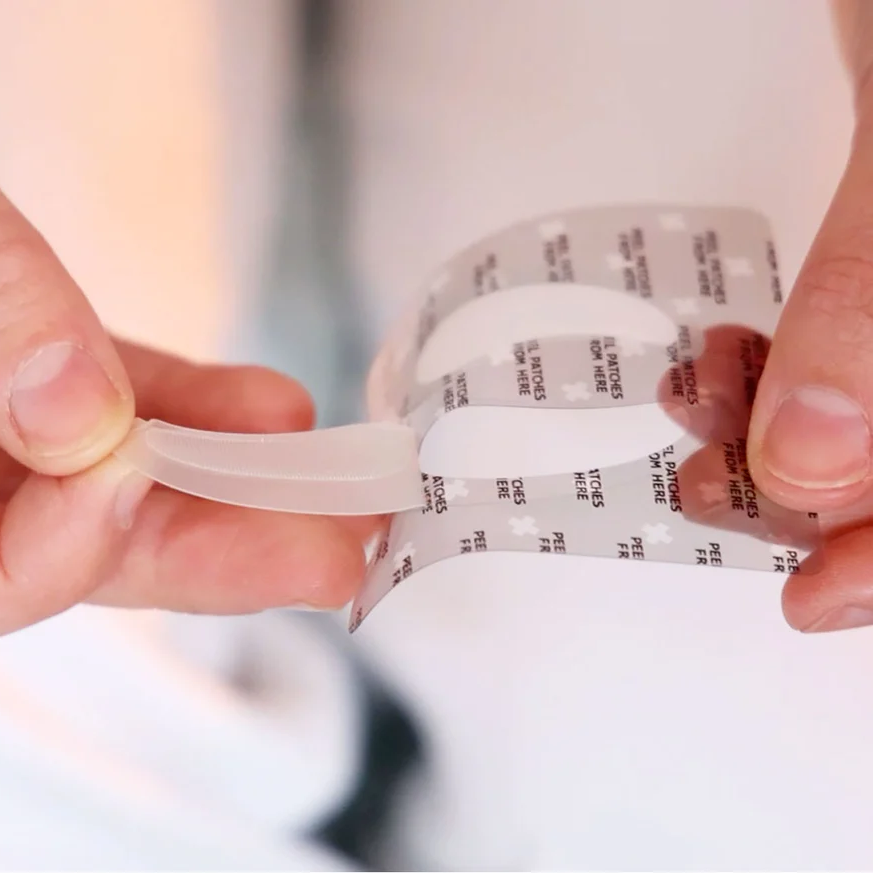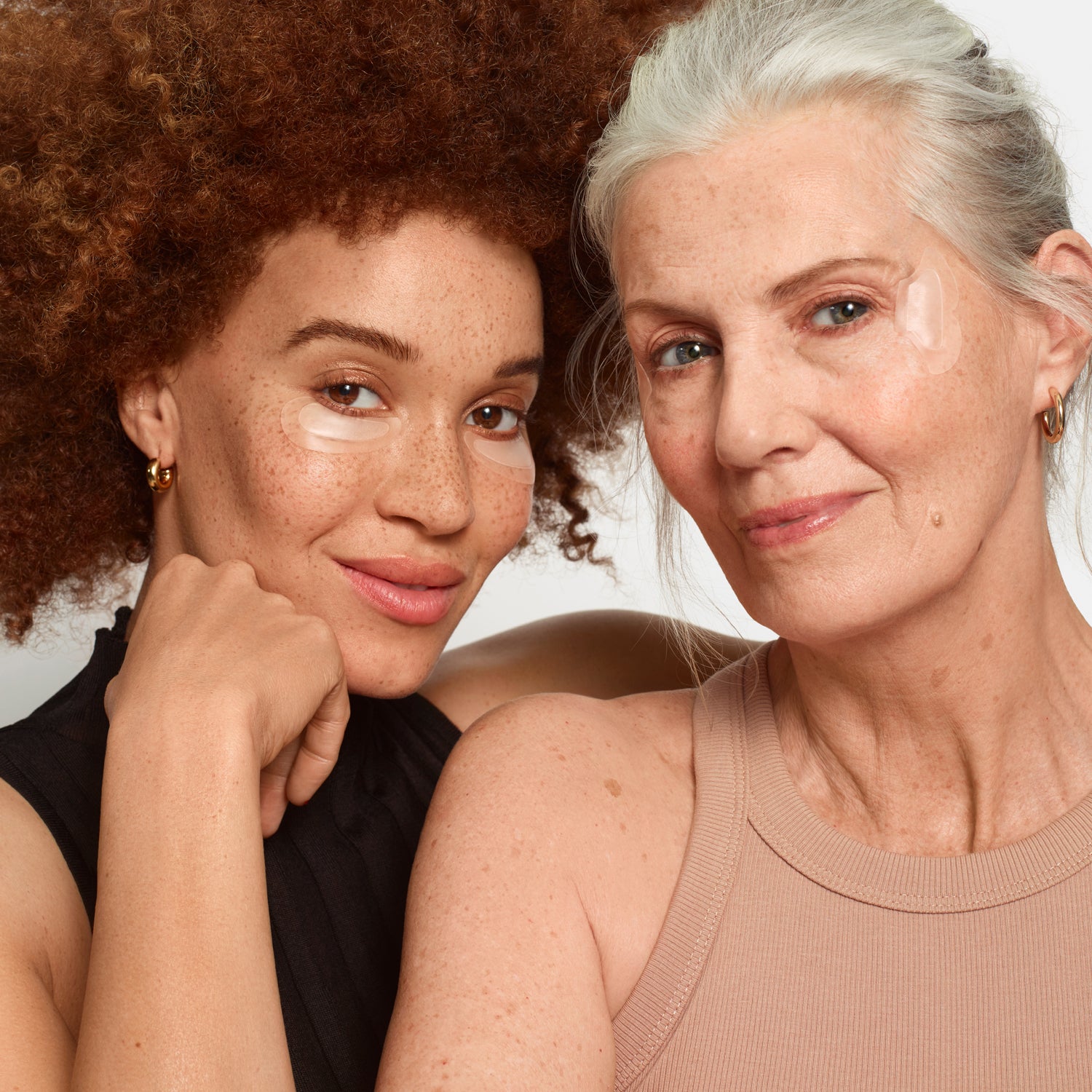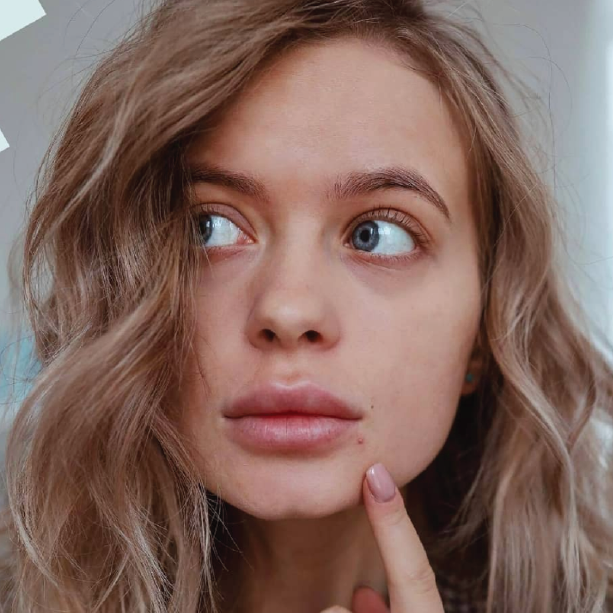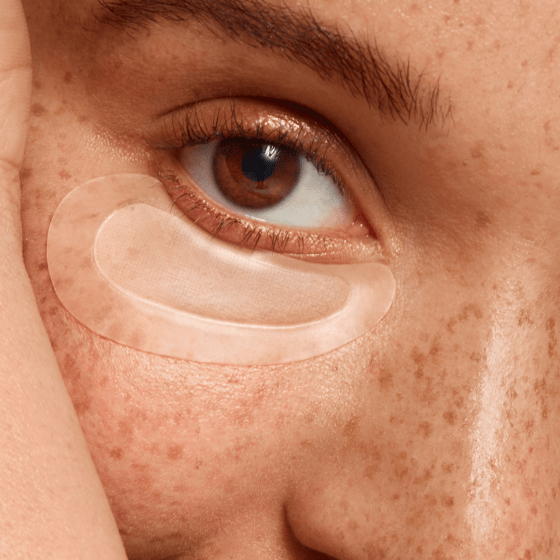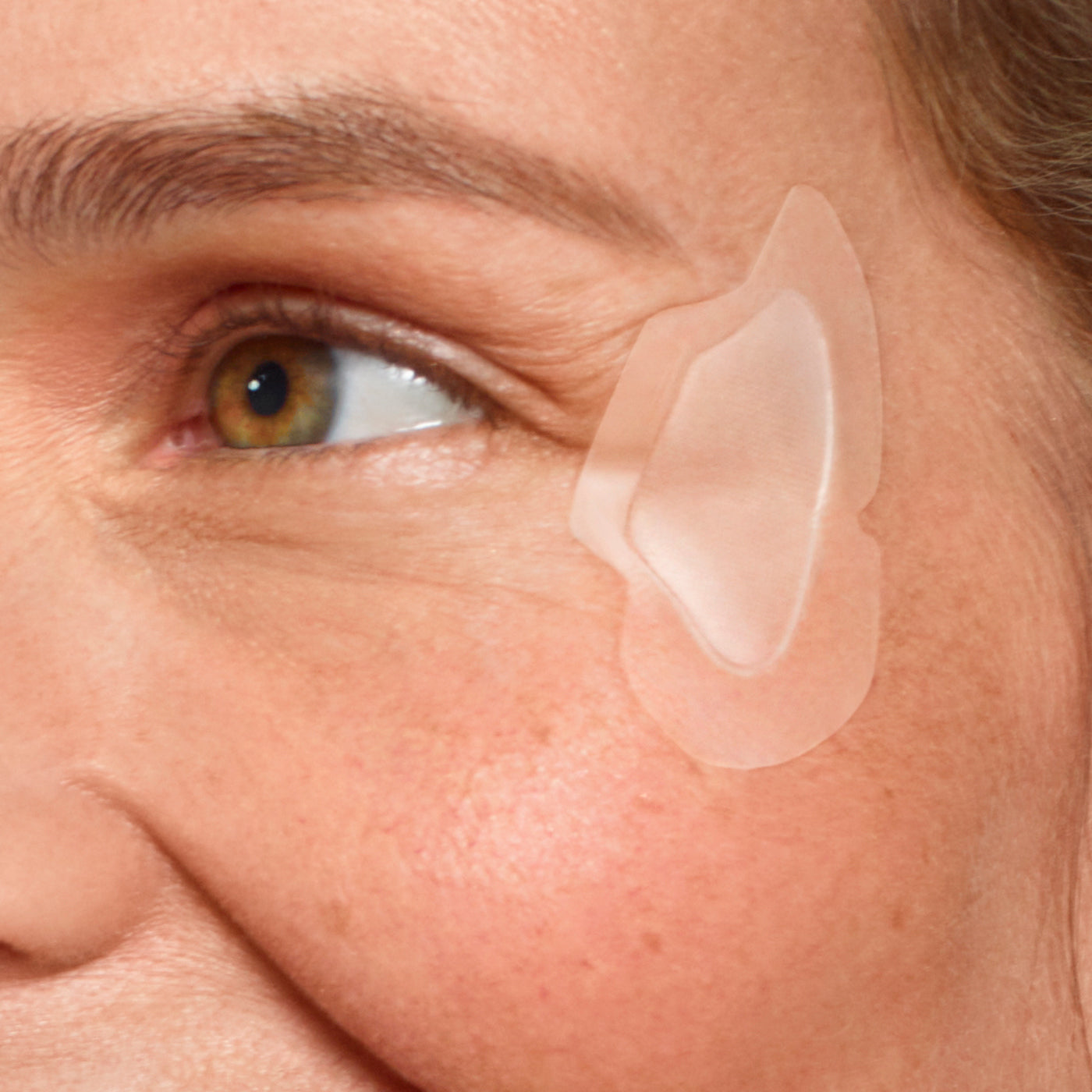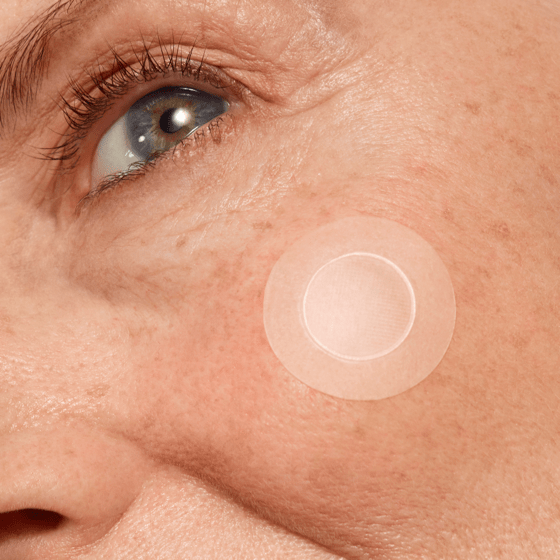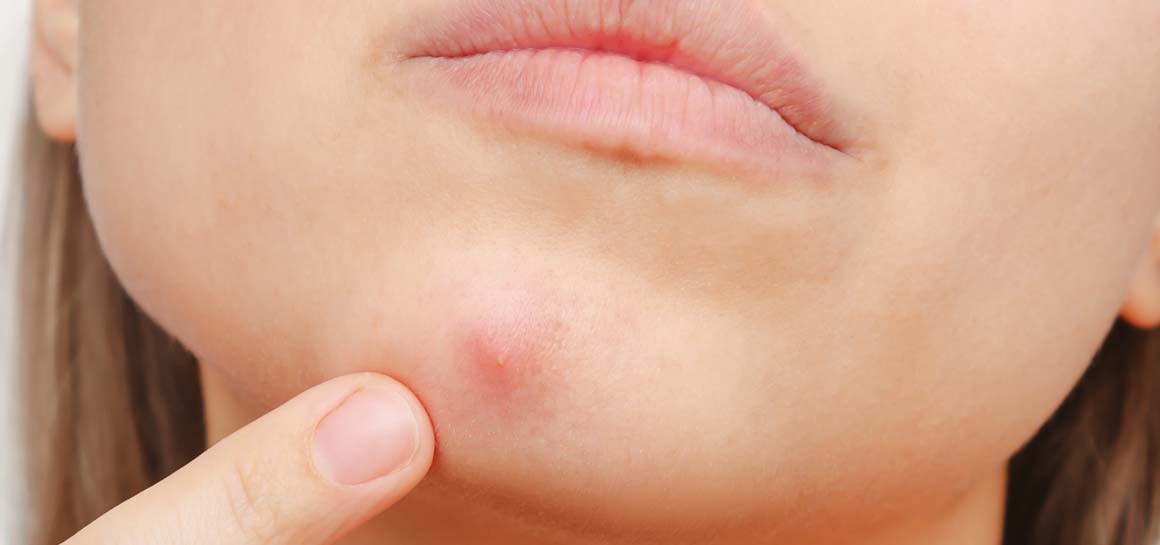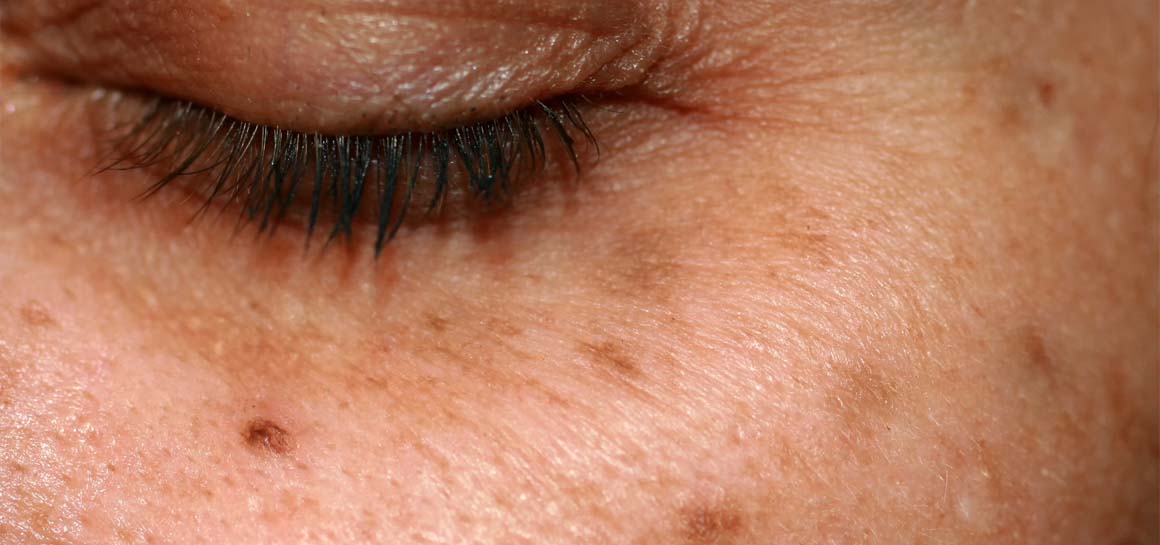Acne is something commonly associated with the dreaded teen years, but research shows that just under two thirds of us experience flare-ups shortly before or during our period [1, 2]. In fact, one study shows that monthly outbursts of acne may actually be more common in older women, and may have nothing to do with puberty after all [3]. Also known as ‘period acne’, lesions and breakouts that occur like clockwork each month can be the dreaded addition to the bloating, cramping, and migraines many of us experience as menstruation approaches – but there are ways to combat it.
Find out more about why period acne occurs, how to identify it and most importantly, how to get rid of it.
Contents
What is period acne?
Period acne, sometimes referred to as PMS, menstrual or premenstrual acne, is a flare-up of blemishes that occurs monthly in line with your menstrual cycle. It usually appears in the week leading up to your period and begins to fade as your period arrives.
This occurs due to a fluctuation in hormone levels. Approximately a week before your period, both progesterone and estrogen (commonly known as the female sex hormones) levels begin to drop, which then prompts the uterine lining to break down. During this time, androgen hormones – such as testosterone (also known as the male sex hormone although it’s present in all females) are prominent, which triggers an increase in sebaceous gland activity [4. 5]. Although testosterone levels in women are fairly consistent throughout the menstrual cycle, estrogen is at its lowest during the week before your period. It is the relative levels of testosterone to estrogen that are believed to be the main cause of period acne [6].
Increased sebaceous gland activity causes more sebum (oil) production, which can result in blemishes. Sebum lubricates skin to stop it drying out, but too much can plug follicles, trapping dead skin cells and bacteria [7]. Sometimes, blocked follicles can become contaminated by bacteria on the skin, which can lead to infections or inflammation [7].
For those who already suffer from acne, period acne may seem like a worsening of existing breakouts. Or for those who normally have clear skin, it can appear through some spots that arise during the week prior to menstruation.
Where does period acne occur?
Like hormonal acne, the most common areas for period acne to occur are the chin and jawlines, followed by the cheeks and neck [8, 9]. It can appear as different types of spots, including cysts, pustules, nodules, and more. Research shows that on average, most adult females experience acne known as comedonal, which commonly shows as non-inflammatory lesions such as whiteheads or blackheads [10]. However, many women also suffer from papulopustular acne; deep-rooted inflammation such as cysts sitting below the surface of the skin [11].
It’s important to remember that acne before your period can occur in different severities and vary in appearance. However, recognising the type of spots and where they occur can help distinguish period acne from other forms.
What if you notice spots when you’re not on your period?
Typically, period acne occurs in the week before your period, however breakouts can creep up at any time. That’s why it’s important to identify flare-ups and address the underlying cause.
Acne, including period acne, typically occurs as a result of excess sebum blocking follicles and clogging pores. Other acne-inducing factors include inflammation and bacteria on the skin [10].
While period acne can be treated with medication to supress certain hormones, it can also be treated with topical applications, which may be considered less invasive. Topical solutions can usually combat acne-prone skin generally, so may be used to tackle non PMS breakouts too.
How can I stop period acne?
Treating period acne requires tackling the underlying causes. Hormone fluctuation is a natural part of the menstrual cycle, however excess sebum production and surface bacteria causing flare-ups can be limited. Avoid picking, popping or provoking acne to prevent further irritation, and opt for the right selection of topical ingredients instead.
Some of the best acne-busting ingredients include:
- Salicylic aci
One of the most popular ingredients to combat acne, salicylic acid removes dead skill cells that block follicles, which can otherwise lead to spots. It’s a type of beta-hydroxy acid (BHA) and derivative of willow bark, able to simultaneously dislodge clogs, minimise pore size and soothe skin to avoid inflammation.
Side effects: Too much salicylic acid may cause tingling or possibly dry skin out, so it’s important to use the right quantity for your skin’s needs.
- Green tea
Not just a kitchen staple – but one for your cosmetics cupboard too, green tea has been widely researched for its ability to treat acne through reducing sebum production and lowering androgen levels associated with period acne [12, 13]. It has high polyphenolic content, containing strong antioxidant, antimicrobial and anti-inflammatory properties [13].
Side effects: There are very few reported side effects from topical use of green tea, however it’s been shown to be more effective when paired with other acne-fighting ingredients.
- Topical retinoids
Stemming from the vitamin A family, topical retinoids are powerful at fighting a range of spots, from non-inflamed whiteheads and blackheads to deep-rooted cysts [11]. They not only unblock pores, but promote skin cell turnover to restore skin after a breakout and improve its texture and tone.
Side effects: Retinoids should be avoided during pregnancy or breastfeeding and are not recommended for those with very sensitive skin.
Which products should I use to treat period acne?
The skincare market is saturated with products promising to banish blemishes, but which one is right for you? Creams and serums are popular options, however it’s important to find the right strength of ingredients to balance effective treatment with limited irritation. It’s equally vital to avoid products that are too greasy and difficult to absorb, as this can clog pores further and exacerbate acne.
One of the latest innovations is spot-busting microneedle patches containing ingredients such as green tea, salicylic acid, and totarol – a natural, plant-derived antioxidant. Microneedle patches deliver active ingredients beneath the skin’s top layer, providing treatment where it’s really needed to encourage faster results. This makes them a great choice for deep-rooted cysts that can’t be reached by creams resting atop of skin.
Conclusion
Things that remind us of our youth tend to evoke feelings of nostalgia, but period acne is not one of them. It’s a frustrating form of acne that occurs in the week before your period, arising from fluctuating hormones producing too much oil on the skin. Fortunately, there are several ingredients and innovative treatments, such as microneedle patches infused with salicylic acid and green tea, that get to work quickly and keep stubborn spots at bay.
References
1] Bowers, E. S. (2011) How your period affects acne, https://www.webmd.com/skin-problems-and-treatments/acne/features/period
2] Gellar, L., Rosen, J., Frankel, A and Goldenberg, G. (2015) Perimenstrual flare of adult acne, Journal of Clinical and Aesthetic Dermatology, 7(8) 30-34
[3] Stoll, S., Shalita, A. R., Webster, G. F., and Kaplan, R. (2001) The effect of menstrual cycle on acne, Journal of the American Academy of Dermatology, 45(6), 957-960
[4] Thornton, M. J. (2002) The biological actions of estrogens on skin, Experimental Dermatology, 11(6), 487-502
[5] Stephens, C. J. M. (1997) Perimenstrual eruptions, Clinics in Dermatology, 15(1) 31-34
[6] Kim, G. K. and Michaels, B. B. (2012) Post-adolescent acne in women: More common and more clinical considerations, Journal of Drugs and Dermatology, 11(6) 708-713
[7] NHS (2021) Acne, https://www.nhs.uk/conditions/acne/causes/
[8] Shinkai, K. (2012) Acne in the adult female patient: A practical approach, International Journal of Dermatology, 51(10), 1162-1174
[9] Poli, F., Dreno, B and Verschoore, M. (2001) An epidemiological study of acne in female adults: Results of a survey conducted in France, Journal of the European Academy of Dermatology and Venereology, 15, 541-545
[10] Capitano, B, Sinagra, J. L., Bordignon, V., Feci, P. C., Picardo, M and Zouboulis, C. C. (2010) Underestimated clinical features of postadolescent acne, American Academy of Dermatology, 63, 783-788
[11] American Skin Association (2021) Acne, https://www.americanskin.org/resource/acne.php#:~:text=Inflammatory%20acne%20%E2%80%94%20When%20lesions%20become,lesions%2C%20which%20originate%20as%20comedones .
[12] Melnik, B.C. (2013) Western diet-mediated mTORC1-signaling in acne, psoriasis, atopic dermatitis, and related diseases of civilization: Therapeutic role of plant-derived natural mTORC1 inhibitors. In Bioactive Dietary Factors and Plant Extracts in Dermatology; Humana Press: New Jersey, 397–419.
[13] Saic, S., Notay, M and Sivamani, R. K. (2017) Green tea and other tea polyphenols: Effects on sebum production and acne vulgaris, Antioxidants, 6(1), 2

